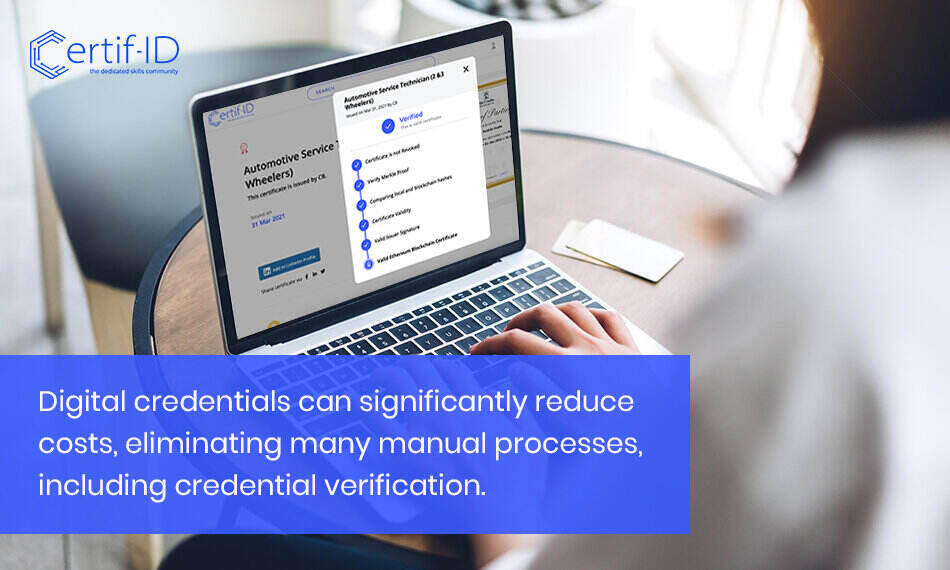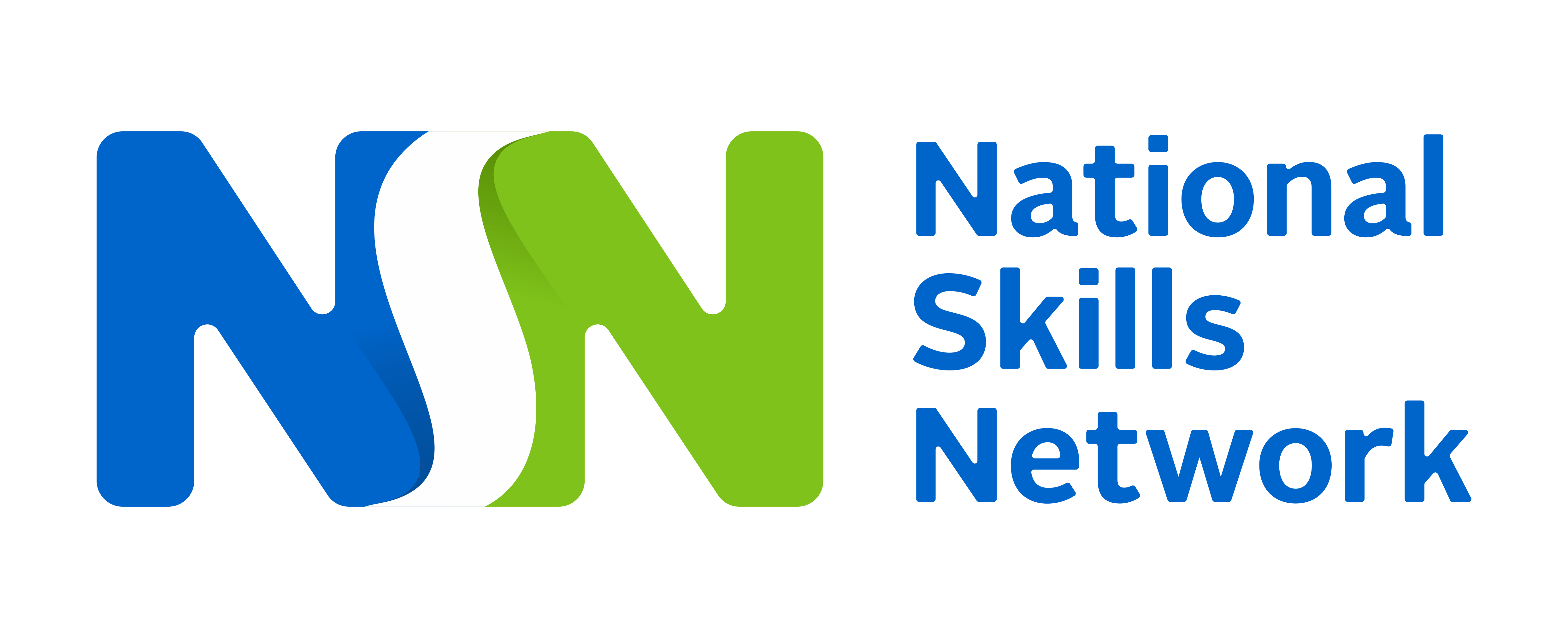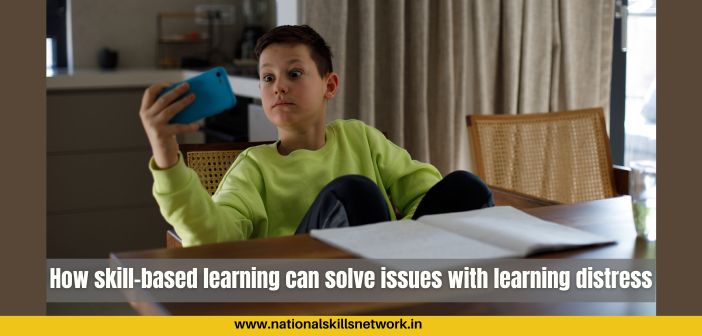When you think of Blockchain, two words ‘secure’ and ‘bitcoin’ immediately come to mind. Why? All things considered, it is perhaps the only inviolable way of conducting digital transactions.
But how does it work? What are digital credentials and are they really safer than traditional paper-based credentials? Well, let us find out.
Blockchain is the go-to technology when it comes to protecting and sharing invaluable data.
What is the Blockchain?
The Blockchain is a completely tamper-proof, decentralized digital ledger of economic transactions. The cool thing about blockchain is that it can record almost any type of digital transaction.
Any data fed into a blockchain cannot be altered by anyone who has access to the records. Not even the person who first updated/fed the data.
What are digital credentials issued on blockchain?
Digital credentials are the digital alternatives of paper-based certifications like PDFs or images. Like paper certificates, they can be issued for:
- Diplomas or degrees,
- Proof of skill certificates,
- Testimonials,
- Carbon credit certificates and more.
PDFs or images are not secure. At the max a password protected PDF will offer some extent of security. But anyone can change the content within the PDF easily.
A fact for you to consider, academic certificate fraud costs employers 600 million dollars globally every year.
So, to bring in a level of security that is much needed, blockchain-based platforms can be used to issue digital credentials.
Does blockchain technology secure digital credentials?
The ‘Block’ in Blockchain is a record that holds the data, and these blocks are linked together in a continuous network (chain).
Each block consists of three unique components.
- The data (examples: bitcoin transactions, digital certificates, etc.)
- A hash (a unique number or a fingerprint – used to validate and verify the data it holds)
- The hash of the previous block
When a block is created, it is mapped by a mathematical algorithm known as a Cryptographic Hash Function (CHF) into a fixed size bit-string (hash value).
 This conversion into a bit-string is a one-off, irreversible process that acts like a fingerprint of the data and the block. Also, as each block holds the hash value of the previous block, the blocks are essentially linked in a chain.
This conversion into a bit-string is a one-off, irreversible process that acts like a fingerprint of the data and the block. Also, as each block holds the hash value of the previous block, the blocks are essentially linked in a chain.
If a hacker attempts to change the contents of a block, its hash value will be changed. Upon verification the false block can be traced down and disproved.
There you have it! Using blockchain technology to issue digital credentials makes it tamper-proof and traceable. Anyone with access to a digital credential placed on the blockchain can verify it with one-click.
Also, they reduce costs associated with printing and distributing paper certificates and are much easier to share.
Therefore, if you are looking to adopt digital credentials, you can be assured of the highest degree of transparency.
How does Certif-ID use the power of Blockchain?
To start with, Certif-ID is a blockchain-powered platform. So, any and every transaction that happens on Certif-ID is happening on blockchain.
Educational institutes can use Certif-ID as a plug-and-play platform to issue digital credentials. All they need to do is sign up, create a profile, create batches and start issuing digital certificates.
The digital certificate issued can be customised. Once a digital certificate is issued, it cannot be manipulated by anyone including (hackers, students and/or recruiters).
Also read: ASTS Global Education makes students industry-ready with Certif-ID https://nationalskillsnetwork.in/asts-global-education-makes-students-industry-ready-with-certif-id/
An institute can use Certif-ID to issue digital certificates for a variety of occasions like,
- Satisfactory internship completion
- Short-term training courses
- Extra-curricular activities and more
Certif-ID is revolutionizing the education sector using the immense potential of Blockchain Technology. Blockchain is the way forward to ensure 100% transparency across all operations, including but not limited to issuing, storing, sharing and verifying digital credentials.
Want to find out more about Certif-ID? We request you to write to us or schedule a demo.













